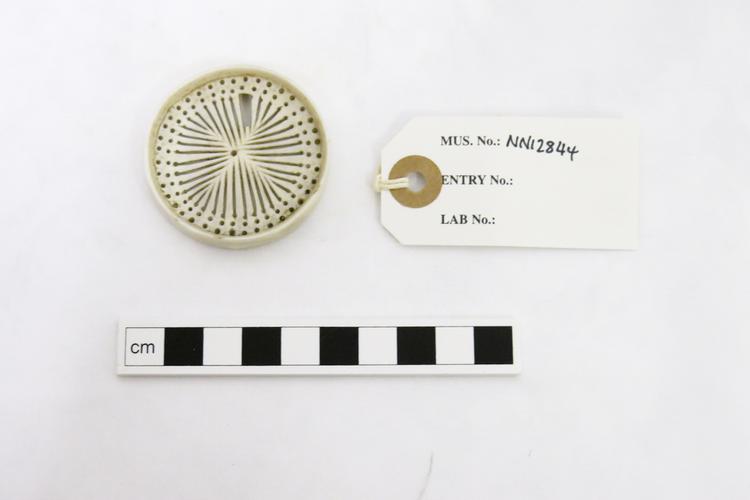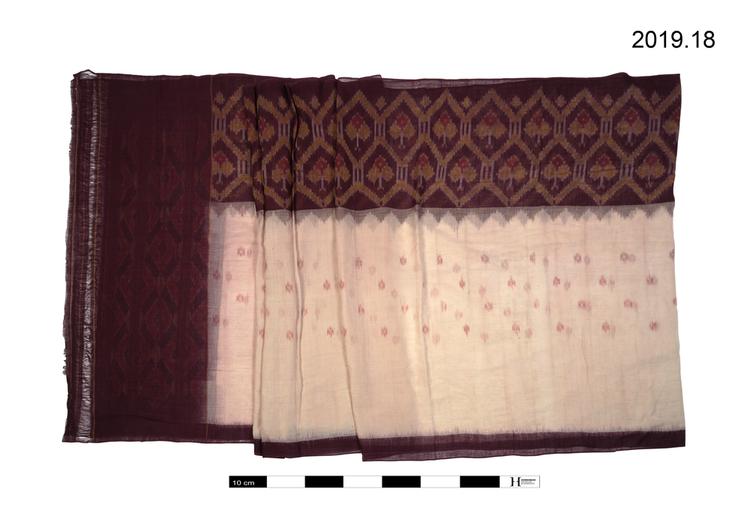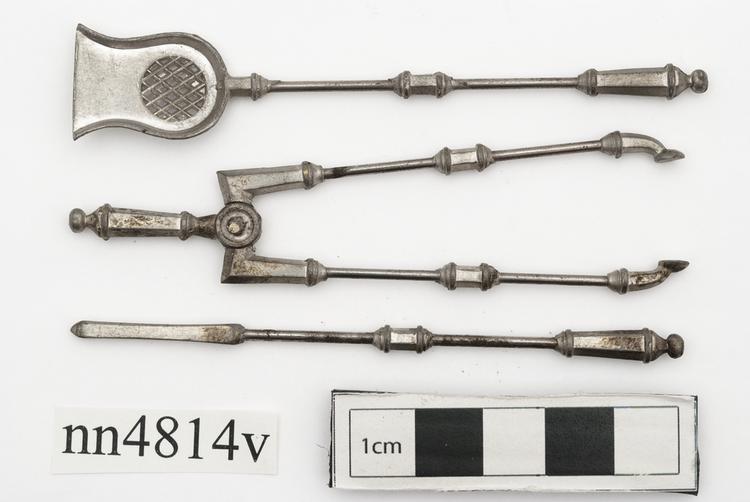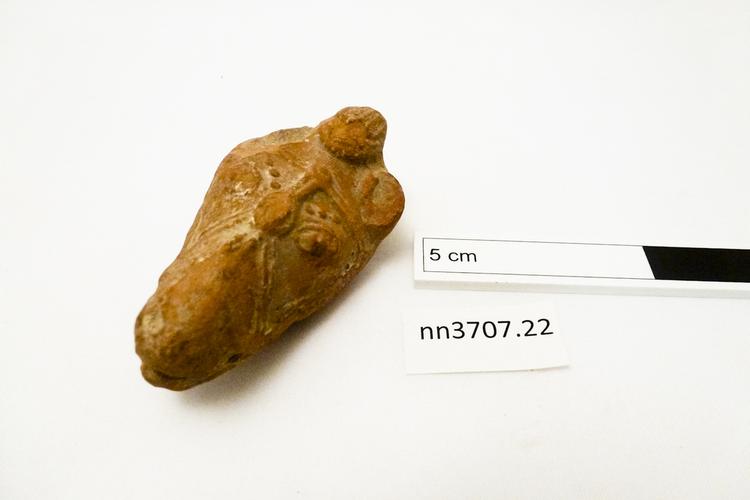
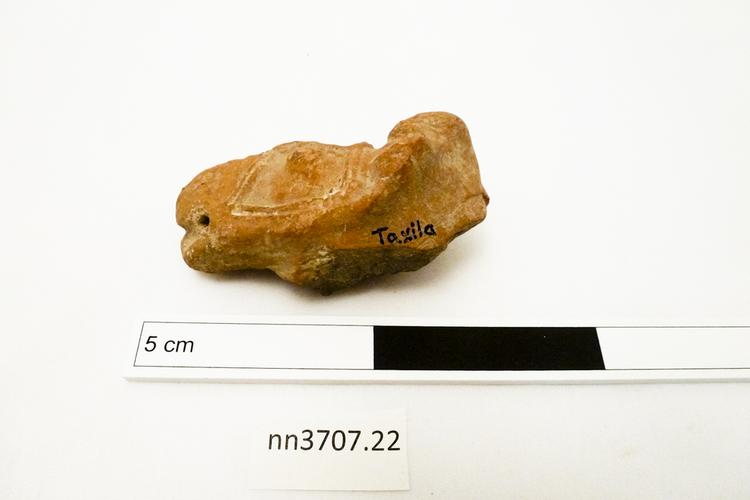
Clay head from a horse figurine in red terracotta with a grey core. The face of the horse is caparisoned with an elaborate bridle, ornamented with double strapping and beads and complex buckles. The mouth is pierced from side to side either to provide room for a string for pulling the original horse along on its wheels, or for reins to be held by what may have been the rider of the horse. Between the ears rises a sort of vertical projection of unknown use, too far from the saddle to be part of it, though somehow a functioning part of the remaining harness.
Head from a horse figurine in red terracotta with a grey core. The face of the horse is caparisoned with an elaborate bridle, ornamented with double strapping and beads and complex buckles. The mouth is pierced from side to side either to provide room for a string for pulling the original horse along on its wheels, or for reins to be held by what may have been the rider of the horse. Between the ears rises a sort of vertical projection of unknown use, too far from the saddle to be part of it, though somehow a functioning part of the remaining harness. The head is marked in black ink with ‘Taxila’, the great ancient city complex near Islamabad in northern Pakistan, though which part of that large area remains unknown. Archaeological context: presumably unstratified and from a surface collection. Early historic period, ca. 2nd-3rd centuries. Given by Col D H Gordon (1952/3).



